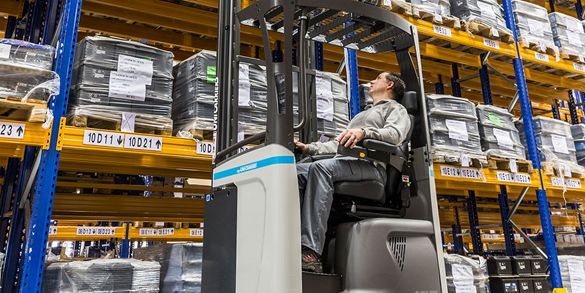
The struggle to keep unnecessary costs to a minimum is always important for materials handling professionals. But when economies slow down and business is disrupted, like during the current COVID-19 crisis, using your resources efficiently becomes even more vital.
Many businesses try to save money by choosing cheaper materials handling equipment or cutting non-essential expenditures like training initiatives. Reducing costs in these areas can obviously save money, but they have little to do with the biggest forklift-related cost there is - the driver.
The total cost of operating a forklift over its lifetime is a much larger figure than the one on the price tag, and the driver can make up as much as 70% of that total cost. If you want to see a reduction in costs, focusing on the most expensive part of a truck's operating cost is the best place to start.
However, a forklift can't operate without a driver! Unless it's an AGV of course. When drivers are such a vital element of your operation, how can you reduce the costs related to them? The answer lies in ergonomics, training and safety. Investing in staff and safe, ergonomic equipment allows drivers to get their jobs done quicker, more efficiently, and with less risk of accidents, which can lead to sizable maintenance bills and staff absence.
By investing in these things, your operation's performance will improve, even when the wider economic situation is hard. To find out more about reducing your driver-related costs, click the button below to get our free guide, The biggest cost of owning a forklift truck - and how to reduce it. It'll show you the importance of focusing on the total cost of operation, rather than smaller individual costs, when you're trying to save money.







































Comment